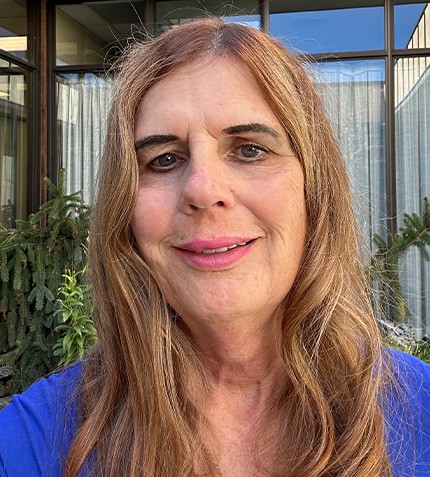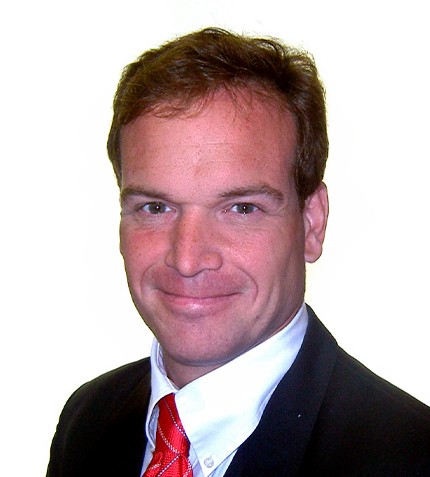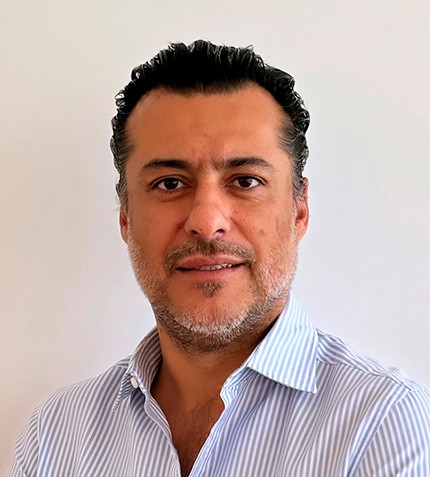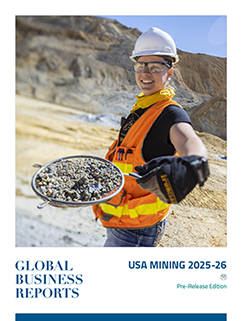
"Operating within a local context like Nevada has afforded us connections with all the key players in the area; we are well-acquainted with their cost structures, operational parameters, and even their mines."
Dagny Odell
OWNER, PRACTICAL MINING
What is one of the most recent projects Practical Mining has worked on?
We recently guided a client through conducting a feasibility study for a Nevada underground mine, focusing mainly on geologic modeling. This study involved extensive collaboration and iterative discussions with the client to ensure the creation of a realistic model, prioritizing accuracy over the quantity of resources. Subsequently, we developed a comprehensive mine plan that aligned with metallurgical specifications, geotechnical considerations, and the client's economic needs. We anticipate the final report's release in the last months of 2023.
What sets Practical Mining apart in working with public disclosure reports?
Our most demanded services are public disclosure reports, particularly the NI 43-101 and SK 1300. These reports have constituted most of our work for several years. Knowing the specific regulatory codes is paramount in our line of work; even minor oversights can pose challenges and complications for clients.
What are the challenges that the mining industry currently faces?
Current times could not be more opportune for the mining industry. Commodity prices are experiencing an upswing, although it is crucial to maintain a balance between these rising prices and escalating costs due to inflation.
However, the US mining industry confronts a severe labor shortage. The Colorado School of Mines predicts that approximately 50% of the American mining workforce will retire within the next six years. The pressing question arises: How do we plan to bridge this gap in our workforce since few professionals are in the pipeline, even as we anticipate a surge in demand for our industries products?
What are the benefits of being a small local company in Nevada?
Our niche has always revolved around long-term client relationships. Each project we undertake presents its own unique challenges, and finding a solution is what makes our work rewarding. Operating within a local context like Nevada has afforded us connections with all the key players in the area, from contractors to mining companies; thus, we are well-acquainted with their cost structures, operational parameters, and even their mines. Additionally, it is crucial to note that the differences between mining operations in each jurisdiction are substantial. Each region presents unique challenges, requiring a considerable learning curve to adapt to the specific nuances of each mining environment.
What advice do you have for companies navigating through the permitting process?
Permitting represents a significant challenge in mining operations, regardless of location. Successfully navigating this process entails customizing the mine plan and design to align with the specific requirements of the authorities. The sooner this alignment is achieved, the more advantageous it is for the project, as permitting can be incredibly time-consuming. Streamlining the permitting process yields substantial economic rewards for any project aiming at further exploration or transition into production.
How is technology shaping the mining industry and your activities?
AI has dominated headlines in recent months, and when combined with the declining workforce in our industry, it becomes a compelling avenue for exploration. For instance, we are already incorporating robotic technology with improving LiDAR scanning capabilities. Drones are becoming more autonomous, capable of flying longer distances and mapping inaccessible areas of underground mines without human intervention. This convergence of technology is poised to revolutionize how we operate, making the mining industry more efficient, effective and safer.
One of the initial applications of a drone was in a mine where an old stope had been encountered. The challenge was determining the extent of the stope and its proximity to a mineralized area of interest. Our drone and Lidar mapping system precisely located the stope and provided clarity that facilitated the planning for mining the adjacent mineralization efficiently. Without this technology, the operation would have been a much more laborious and uncertain process.
What are Practical Mining’s primary objectives for the upcoming months?
Our primary objective remains firm: Consistently delivering the utmost quality work product that has garnered our clients’ trust over the years. This dedication constitutes the core of our business model, and as long as we uphold these standards, our business will continue to prosper. Furthermore, we want to broaden our presence in the LiDAR imaging sector.










